





The Surrealism Website
Man Ray (Emmanuel Radnitzky) (1890-1976)
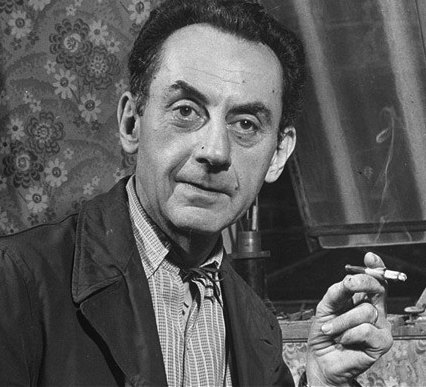 Man Ray was born in Philadelphia, the eldest child of Russian Jewish immigrants. Later the family moved to Brooklyn, New York and in 1912, changed their surname to Ray. While still a child he showed significant artistic and technical abilities. He was enrolled in the Ferrer School in the autumn of 1912, and began to create some paintings. He befriended Marcel Duchamp who was then in New York and became drawn to Dada. In 1921 he moved to Paris where he stayed until the outbreak of the Second World War. During the 1920s he developed several methods for creating surrealist photographs for which he is now best known, however, despite being engrossed in this new medium he did not entirely abandon painting, though his output was modest.
Man Ray was born in Philadelphia, the eldest child of Russian Jewish immigrants. Later the family moved to Brooklyn, New York and in 1912, changed their surname to Ray. While still a child he showed significant artistic and technical abilities. He was enrolled in the Ferrer School in the autumn of 1912, and began to create some paintings. He befriended Marcel Duchamp who was then in New York and became drawn to Dada. In 1921 he moved to Paris where he stayed until the outbreak of the Second World War. During the 1920s he developed several methods for creating surrealist photographs for which he is now best known, however, despite being engrossed in this new medium he did not entirely abandon painting, though his output was modest.
After the war he retuned to Paris and in the late 1940s he created a series of paintings The Shakespearean Equations which were based on some sculptural models he had found in a mathematical institute of complex equations of surfaces in three dimensional space. He created paintings incorporating these shapes and associated each with a play of Shakespeare.
| 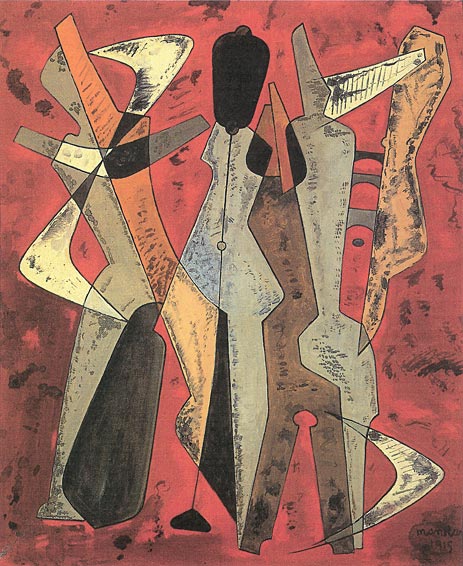

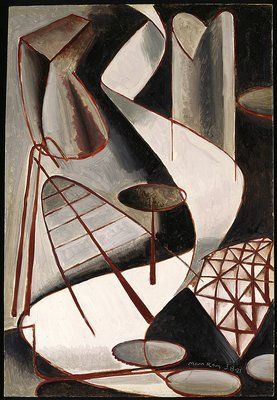
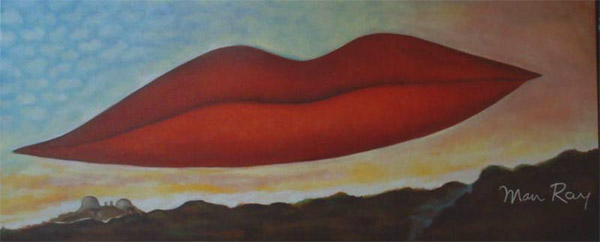
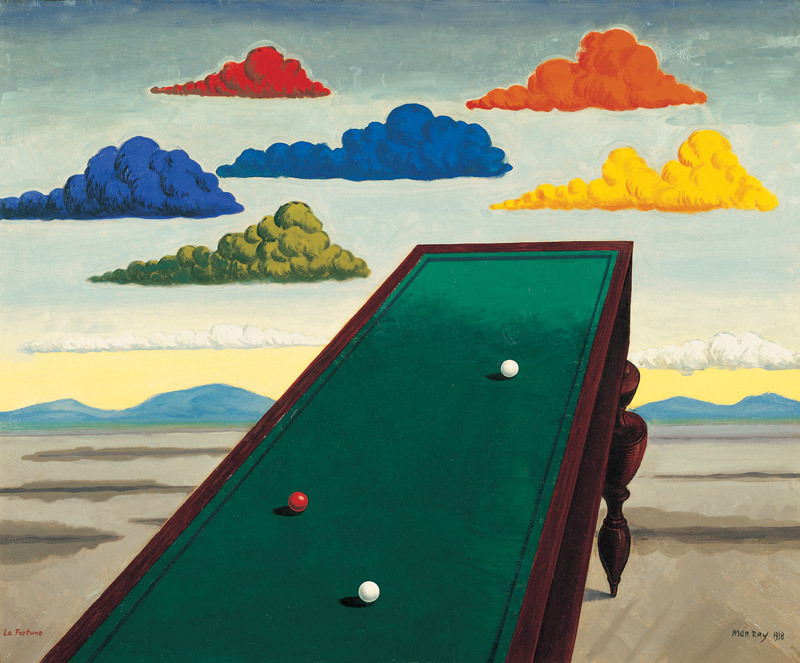

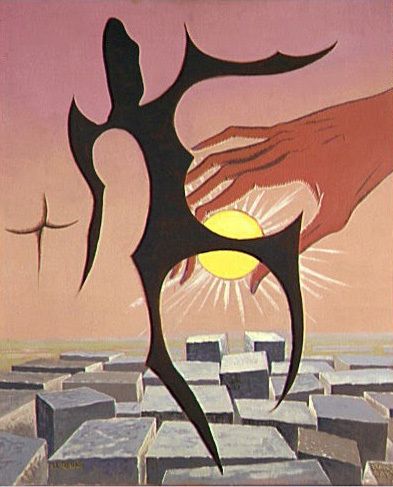

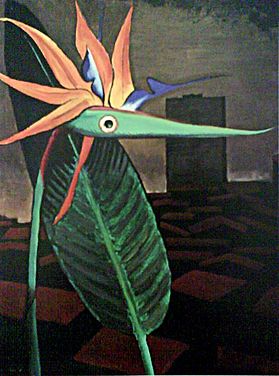
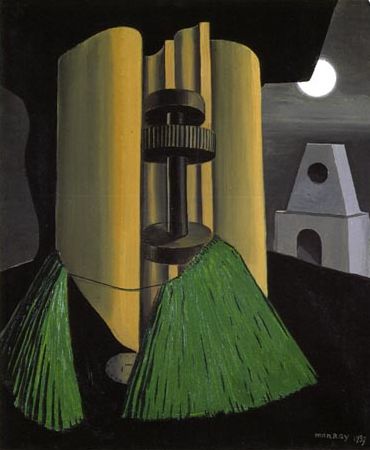
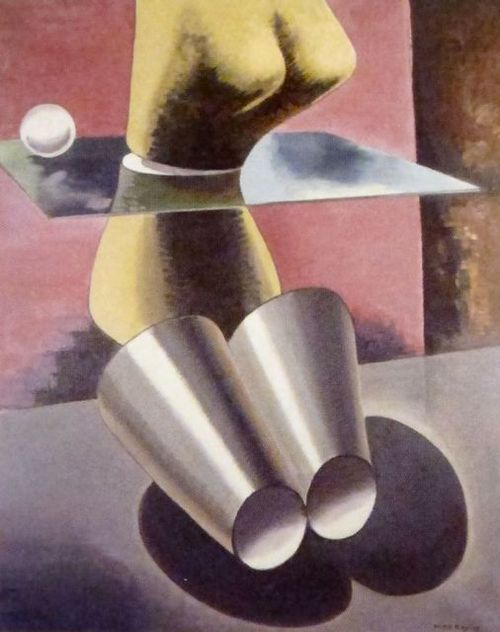
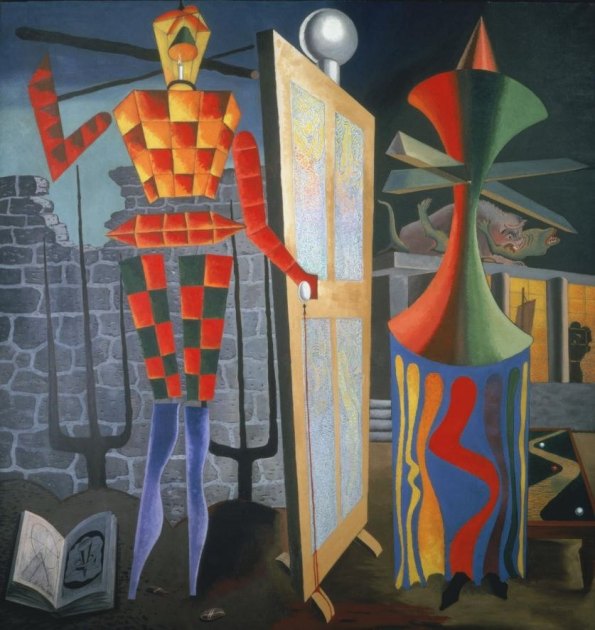
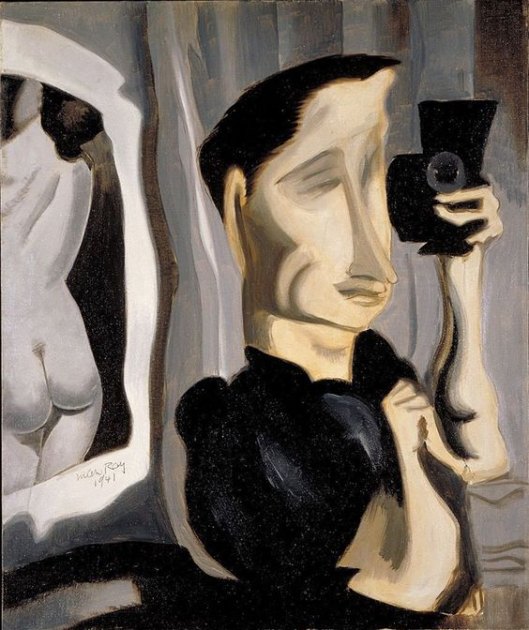
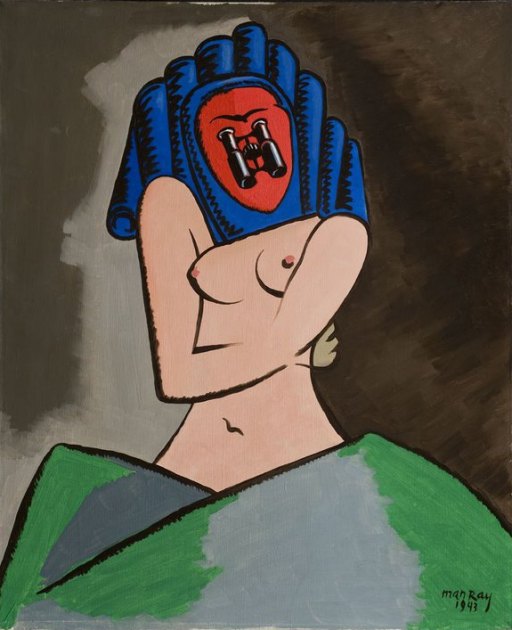
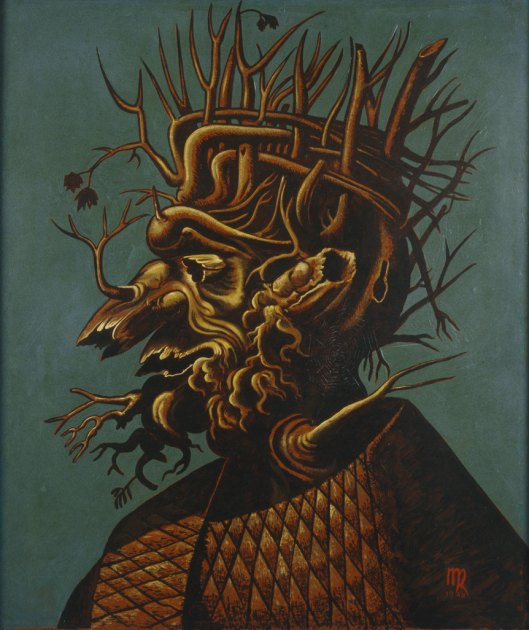
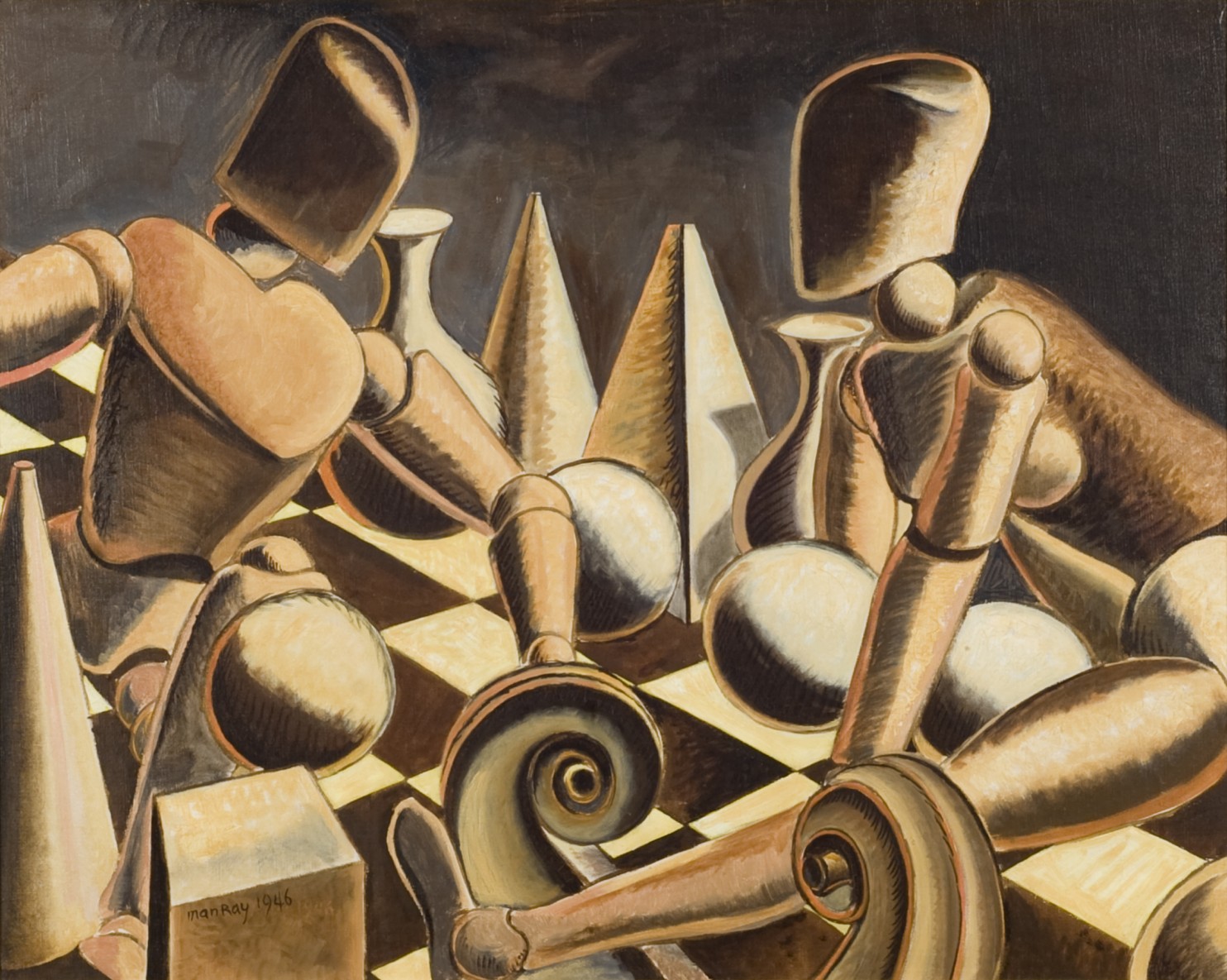
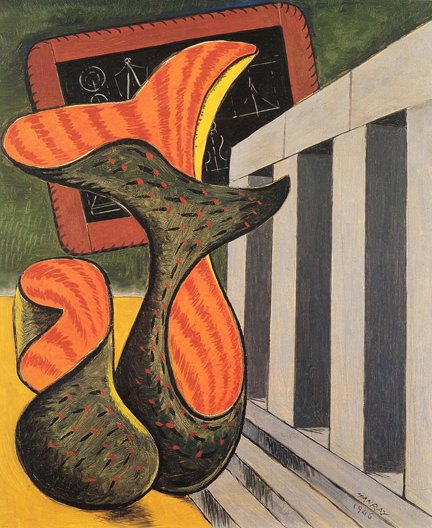
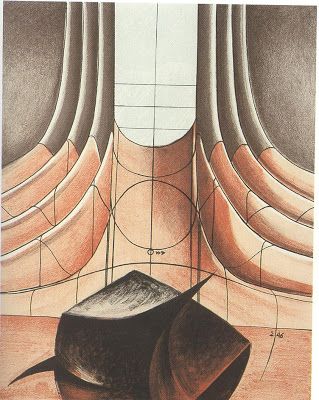

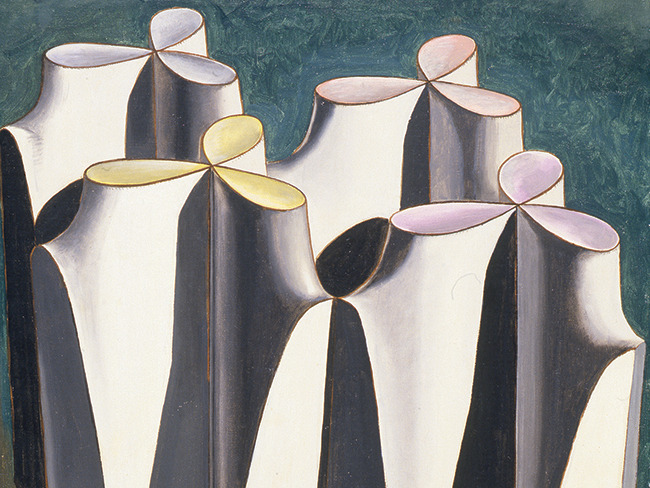
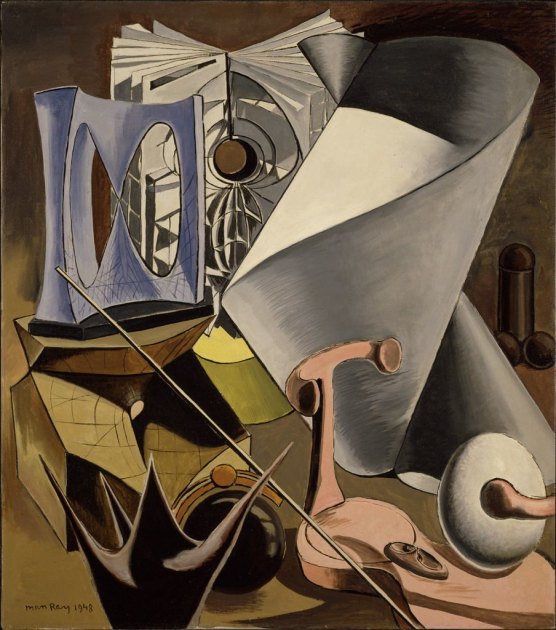
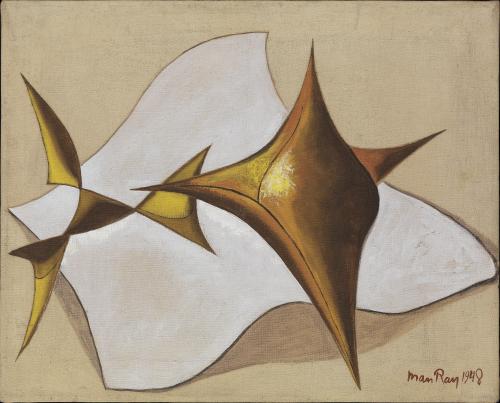
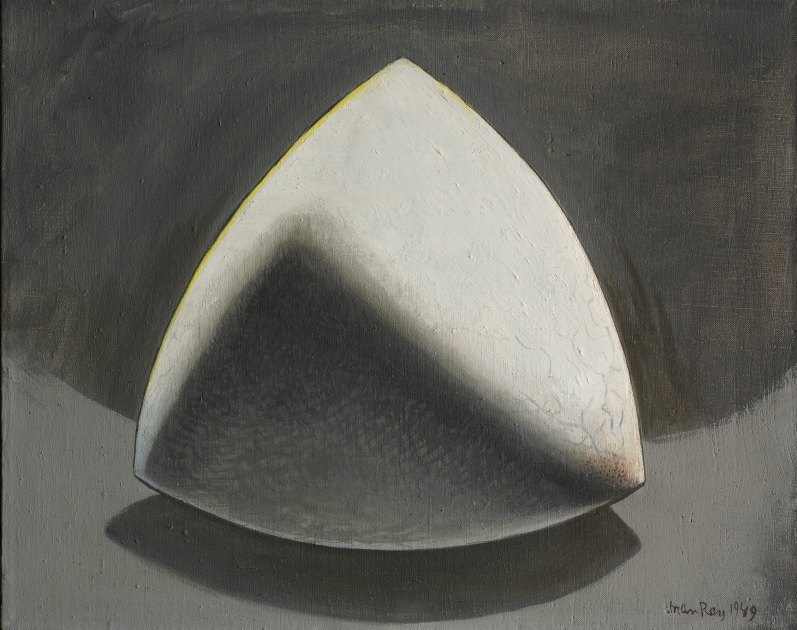
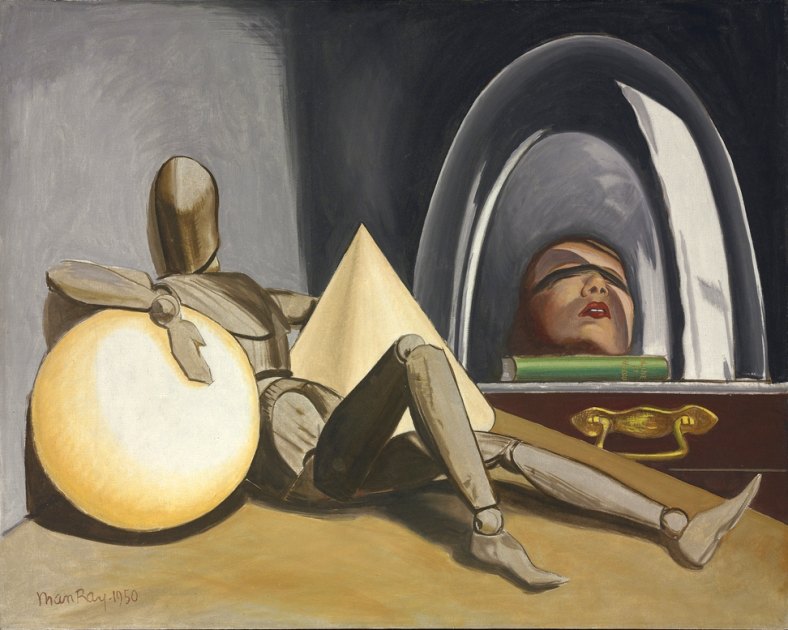

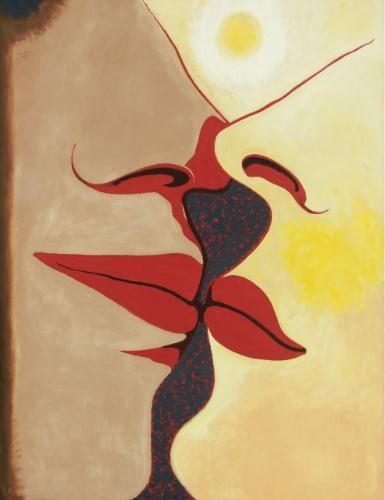
































 Man Ray was born in Philadelphia, the eldest child of Russian Jewish immigrants. Later the family moved to Brooklyn, New York and in 1912, changed their surname to Ray. While still a child he showed significant artistic and technical abilities. He was enrolled in the Ferrer School in the autumn of 1912, and began to create some paintings. He befriended Marcel Duchamp who was then in New York and became drawn to Dada. In 1921 he moved to Paris where he stayed until the outbreak of the Second World War. During the 1920s he developed several methods for creating surrealist photographs for which he is now best known, however, despite being engrossed in this new medium he did not entirely abandon painting, though his output was modest.
Man Ray was born in Philadelphia, the eldest child of Russian Jewish immigrants. Later the family moved to Brooklyn, New York and in 1912, changed their surname to Ray. While still a child he showed significant artistic and technical abilities. He was enrolled in the Ferrer School in the autumn of 1912, and began to create some paintings. He befriended Marcel Duchamp who was then in New York and became drawn to Dada. In 1921 he moved to Paris where he stayed until the outbreak of the Second World War. During the 1920s he developed several methods for creating surrealist photographs for which he is now best known, however, despite being engrossed in this new medium he did not entirely abandon painting, though his output was modest.